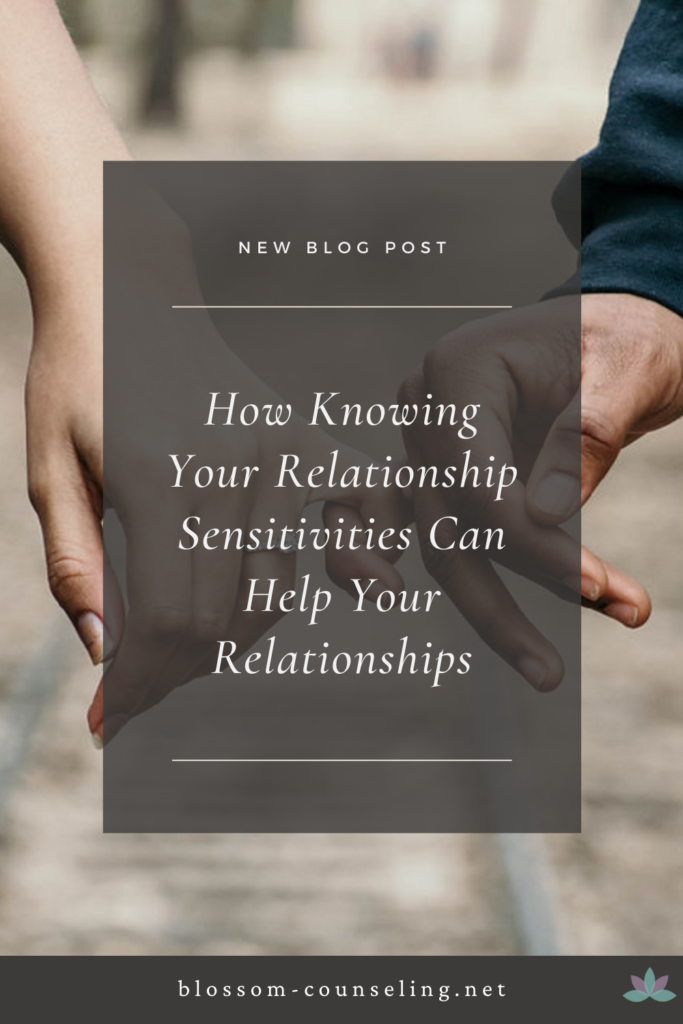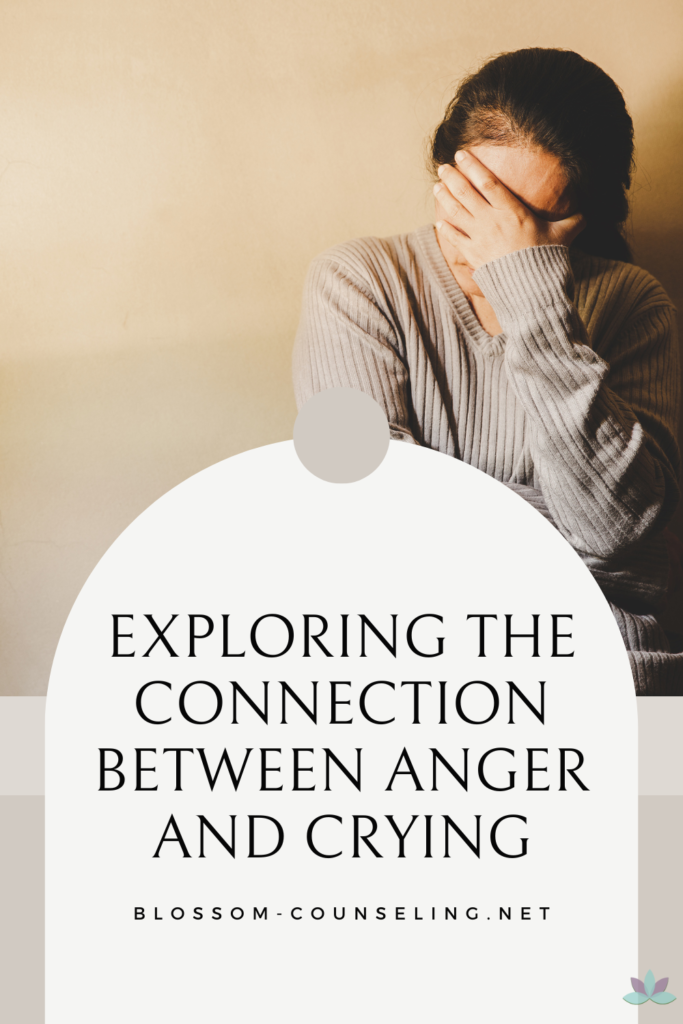
Picture this: You’re walking through a bustling street market. The air is tinged with the aroma of exotic spices, the clamor of vendors hawking their wares, and a kaleidoscope of colors from vibrant fruits piled high. This scene is not just a feast for the senses; it’s a live demonstration of the fascinating concept of perception levels.
The Sensory Level: The Immediate Experience
Our journey through perception begins at the sensory level. This is the raw, unfiltered experience of our immediate environment. Like being at that street market, our senses pick up everything – the aroma of grilled food, the texture of hand-woven fabrics, the chatter and laughter of people. It’s a bit like being a high-definition camera, capturing everything in real time. However, this is just the surface.
The Interpretation: When Our Brain Steps In
Once our senses gather information, the brain steps in like a masterful interpreter at a United Nations summit. It starts to process and make sense of this sensory data. This is where things get really interesting. Two people can walk through the same street market and have completely different interpretations. One might find it exhilarating and lively; the other could perceive it as chaotic and overwhelming. It’s all about how our brain processes and interprets these sensory cues based on our past experiences, beliefs, and individual wiring.
Emotional Coloring: Adding the Personal Touch
Moving deeper, we arrive at the emotional response. This is where our personal histories, memories, and attachments come into play. Maybe the scent of cinnamon in the market reminds you of your grandmother’s kitchen and suddenly, you’re not just at a market – you’re wrapped in a warm, nostalgic embrace. Our emotional responses to our perceptions can deeply influence our behavior and choices, sometimes without us even realizing it.
The Big Picture: Cultural and Social Influence
Let’s zoom out even further. Our perceptions are also shaped by our cultural and social contexts. Cultural norms, societal values, and even the language we speak can influence how we perceive the world around us. Think about how a bustling market scene might be perceived by someone from a culture that values quiet and order versus someone from a culture that thrives on vibrancy and communal living.
Perception and Mental Health: The Intimate Connection
Understanding these levels of perception is more than just an intellectual exercise. It has real implications for our mental health and well-being. When we understand that our perceptions are not just simple, objective truths but complex, multi-layered experiences, we can begin to understand ourselves and others better. We can cultivate empathy, challenge our biases, and maybe even learn to see the world in a new light.
Life, like that vibrant street market, is a tapestry of experiences, each perceived through our unique lenses. Sometimes, it’s worth taking a moment to ask, “How am I perceiving this situation? What layers are influencing my view?” By peeling back these layers, we can not only enhance our understanding of the world but also foster a deeper connection with ourselves and those around us. And in the end, isn’t that connection what makes the journey so worthwhile?




